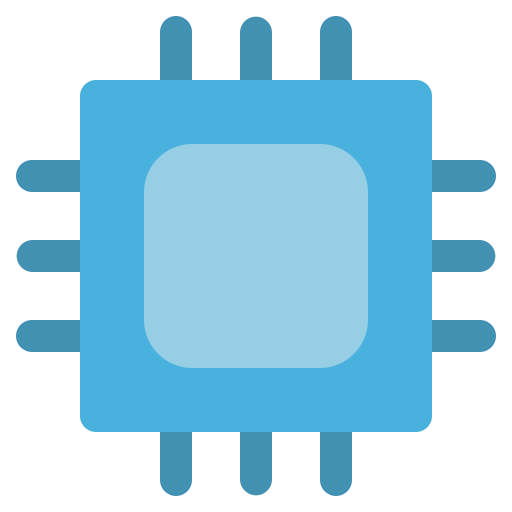It really depends on how much you value your time and how good you are with configuration
A QNAP or Synology will work and be pretty simple to configure out of the box. Installing custom software is possible, but can be tricky as they require you to enable sideloading and custom apps can be hard to find. Both have supported app stores with available apps to do what you’re looking for (QNAP has apps for both torrents and Plex. Not sure about Synology)
However, you will get way more bang for your buck by building one from scratch using something like TrueNAS and the Arr stack, but this can require a fair bit of technical knowledge about configuring containers and securing network services(Especially if you want them to be accessible remotely)
Most people here do selfhosting as a hobby and as a result, the time spent trying new configurations is negligible as it wouldn’t be much of a hobby otherwise.
















Those were also arguably food at some point